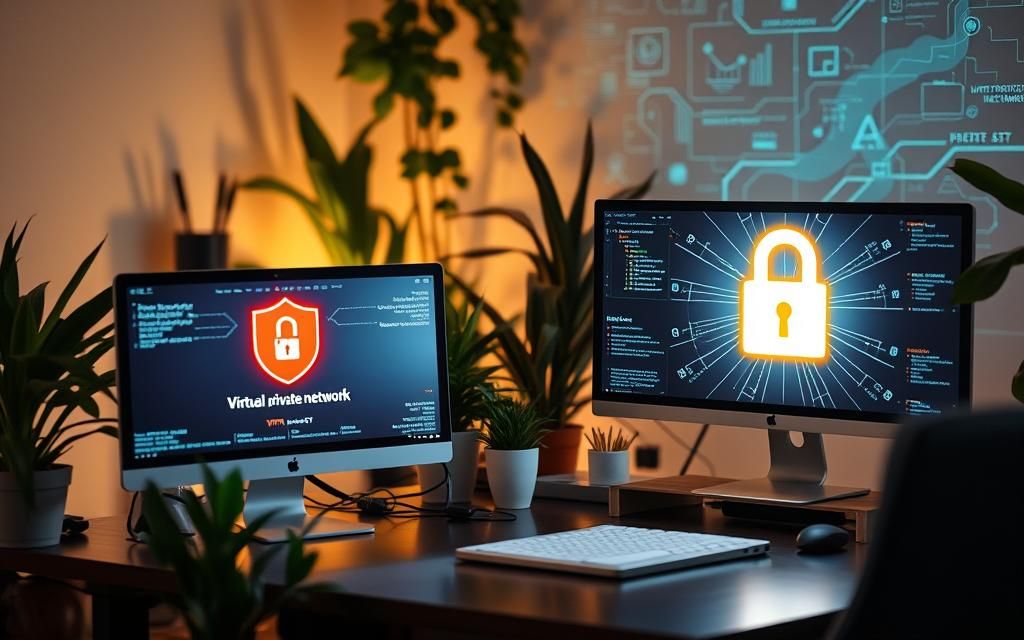# Top Personal Safety Tips for Walking Alone at Night
Walking alone at night can be both a rewarding and a risky activity. Whether you're heading home from a late shift, running errands, or enjoying a peaceful stroll under the stars, it’s essential to personal safety tips for walking alone at night to stay protected. With crime rates increasing in urban areas and even in rural settings, taking proactive measures can make a significant difference in your safety. This article will guide you through 5+ key personal safety tips for walking alone at night, covering everything from planning your route to using technology and staying connected. By implementing these strategies, you’ll reduce the risk of becoming a victim of crime and feel more confident in your nighttime walks.
## 1. Plan Your Route and Time
Before stepping out alone at night, it’s crucial to plan your route and time to minimize exposure to potential dangers. A well-thought-out plan not only gives you a sense of control but also helps you avoid high-risk areas. Start by choosing a route that is well-lit and familiar, ideally one you’ve walked multiple times during the day. Avoid taking shortcuts through alleys or isolated paths unless absolutely necessary.
1.1 Choose Well-Lit Areas Well-lit areas are one of the best personal safety tips for walking alone at night. Lighting can deter criminals and make it easier for you to see and be seen. Check streetlights, parking lots, and public spaces for adequate illumination before heading out. If a particular route feels too dark, consider altering it or using a flashlight or phone light.
1.2 Avoid Isolated Paths Stick to main roads and well-populated areas when walking at night. Isolated paths, especially those without sidewalks or streetlights, can make you an easy target for predators. If you must take a less-traveled route, keep your phone ready and inform a friend or family member of your plan. This way, someone can alert you if you’re delayed or in trouble.
1.3 Check the Weather and Time Weather conditions can affect your safety. Rain, snow, or fog may reduce visibility and make it harder to spot potential threats. Avoid walking at night during extreme weather or when roads are slippery. Additionally, plan your walking time to avoid the peak hours of darkness, typically between 6 PM and 9 PM. If possible, walk during the golden hour (just after sunset) when there’s still some natural light and fewer pedestrians.
## 2. Stay Visible and Alert
Visibility is a key factor in personal safety, especially when walking alone at night. Staying visible and alert can help you avoid danger and make it easier for others to notice you if something goes wrong. Start by wearing bright, reflective clothing to stand out in low-light conditions.
2.1 Wear Bright and Reflective Gear Light-colored or bright clothing such as yellow, orange, or green can help you stay visible to drivers and pedestrians. Reflective materials are even more effective, as they catch the light from car headlights. Avoid dark colors like black or navy blue, which can make you less noticeable. Additionally, wear shoes with good traction to prevent slipping on wet or uneven surfaces.
2.2 Use a Flashlight or Headlamp Carrying a flashlight or headlamp is another important personal safety tip for walking alone at night. A flashlight can illuminate your path and create the illusion of a larger presence, deterring potential attackers. A headlamp is especially useful, as it keeps your hands free and allows you to see ahead without holding a light in your hand. Make sure to test your flashlight before heading out, and keep it charged or with spare batteries.
2.3 Stay Alert and Aware of Your Surroundings Even with the best gear, staying alert is crucial. Be mindful of your surroundings by keeping your head up, avoiding distractions like listening to music at high volume, and scanning the environment for any signs of danger. If you notice someone following you or acting suspiciously, stay calm and keep walking, but be ready to take action if needed.
## 3. Use Technology for Safety
In today’s digital age, technology can be a powerful tool for enhancing personal safety while walking alone at night. From apps that track your location to devices that emit loud sounds, there are numerous ways to leverage tech for security.
3.1 Use GPS Tracking Apps GPS tracking apps can help you stay safe by keeping your location visible to others. Apps like Find My Friends or Life360 allow friends or family to monitor your route in real time. Additionally, emergency alert apps such as SafeWalk or Personal Safety Alert can send a distress signal to pre-set contacts if you feel threatened. These apps are especially useful for personal safety tips for walking alone at night in unfamiliar areas.
3.2 Carry a Personal Alarm or Emergency Button A personal alarm or emergency button is a simple yet effective personal safety tip for walking alone at night. These devices can emit a loud sound or send a message to your contacts in case of an emergency. Look for models with waterproof features and long battery life to ensure they work reliably in all conditions. Some advanced models even include GPS location sharing and two-way communication, giving you an extra layer of protection.
3.3 Use Smartphones for Lighting and Communication Your smartphone can be more than just a navigation tool—it’s a personal safety device. Keep it charged and accessible, and use it to light up your path with the flashlight feature. Additionally, have your phone ready to record audio or video if you encounter a problem. Many phones also have siri or voice assistants that can help you call for help or send messages quickly.
## 4. Stay Connected with Others
Staying connected with others is a vital personal safety tip for walking alone at night. Let someone know your route, your estimated arrival time, and your current location. This ensures that if you encounter any trouble, help can be summoned quickly.
4.1 Inform Someone of Your Plan Before heading out, inform a friend, family member, or coworker of your intentions. Share your route, destination, and expected time of return. This practice allows others to check in on you if you’re delayed or in danger. For example, you could send a message like, “I’m walking home from the library tonight. See you in 30 minutes.”

4.2 Use Real-Time Location Sharing Real-time location sharing apps like Google Maps Live View or Apple Maps Walk can help you stay visible to others. These tools allow your contacts to track your movement and see where you are at any moment. If you’re walking through a less-traveled area, sharing your location with a trusted person ensures that someone is always aware of your whereabouts.
4.3 Keep Your Phone on Hand Always carry your phone with you and ensure it’s fully charged. A charged phone means you can call for help, send messages, or use emergency features if needed. Keep it in a front pocket or a secure bag so you can access it quickly. If your phone is stolen or damaged, having a backup plan like a dial-up emergency number or a landline can be lifesaving.
## 5. Prepare for Emergencies
Being prepared for emergencies is another personal safety tip for walking alone at night. Accidents or unexpected situations can happen at any time, so having a contingency plan is essential.
5.1 Pack a Safety Kit Create a safety kit with essentials like flashlight, whistle, first aid supplies, and a small alarm. A whistle can be used to signal for help if you’re in a situation where you can’t use your phone. First aid supplies are useful for treating minor injuries, while a flashlight ensures you can see in the dark. Keep this kit in your bag or backpack so it’s always accessible.
5.2 Know the Emergency Numbers Memorize local emergency numbers such as 911 in the United States or 112 in Europe. Knowing these numbers means you can call for help without needing to search for your phone. Additionally, store them in your phone contacts and share them with someone you trust. If you’re in a foreign country, make sure you know the local emergency service and have it saved in your phone.
5.3 Practice Self-Defense Techniques Learning basic self-defense techniques can give you confidence when walking alone at night. Techniques like shouting, using your feet, or creating noise can help you deter an attacker or escape a dangerous situation. Practice these skills in a safe environment so you feel prepared in case of an emergency.
### Table: Comparison of Personal Safety Tips for Walking Alone at Night
| Tip | Effectiveness | Ease of Use | Cost | Best For | |——–|——————-|—————-|———|————-| | Wear Bright Clothing | High | High | Low | Urban areas | | Carry a Flashlight | High | Medium | Low | All environments | | Use GPS Tracking Apps | Medium | High | Low | Familiar or unfamiliar areas | | Inform Someone of Your Plan | High | High | Low | Any nighttime walk | | Practice Self-Defense Techniques | High | Medium | Low | Situations where confrontation is likely |
This table highlights the effectiveness, ease of use, cost, and best scenarios for each personal safety tip for walking alone at night. By evaluating these factors, you can choose the strategies that best suit your needs and environment.
### FAQ: Personal Safety Tips for Walking Alone at Night
Q: What should I do if I’m attacked while walking alone at night? A: Stay calm, fight back if necessary, and try to create noise to attract attention. If possible, use a personal alarm or call for help. Remember to stay alert and focused on escaping the situation.
Q: Can I walk alone at night safely in a rural area? A: Yes, but you need to take extra precautions. Choose well-lit paths, avoid secluded areas, and carry a flashlight. Let someone know your route and expected time of arrival.
Q: How can I make my nighttime walks less risky? A: By planning your route, staying visible, using technology, and staying connected with others. Combine these personal safety tips for walking alone at night to maximize your security.
Q: What are the best apps for personal safety during nighttime walks? A: Apps like SafeWalk, Find My Friends, and Life360 are excellent for personal safety tips for walking alone at night. They offer real-time tracking, emergency alerts, and two-way communication features.
Q: Is it safe to walk alone at night in the city? A: It depends on the specific area and time you’re walking. Choose well-lit, populated routes and avoid high-crime areas. Always stay alert and use personal safety tips for walking alone at night to reduce risk.
Table of Contents
Toggle## Conclusion
Walking alone at night doesn’t have to be a dangerous experience. By implementing the personal safety tips for walking alone at night discussed in this article, you can significantly reduce the risk of encountering trouble. Plan your route, stay visible and alert, use technology, and stay connected with others to create a safe and secure walking environment. Remember to prepare for emergencies and practice self-defense techniques to handle unexpected situations. With these strategies in place, you can enjoy your nighttime walks with confidence, knowing that you’ve taken all the necessary steps to protect yourself.
—
Summary: This article provides personal safety tips for walking alone at night to help you stay protected. It covers key strategies like planning your route, staying visible, using technology, staying connected, and preparing for emergencies. The 5+ sections detail each tip, emphasizing their importance and practical applications. A table compares the effectiveness of different safety measures, while the FAQ section answers common questions about nighttime walking safety. By combining these personal safety tips for walking alone at night, you can enhance your safety and confidence when walking alone after dark.















